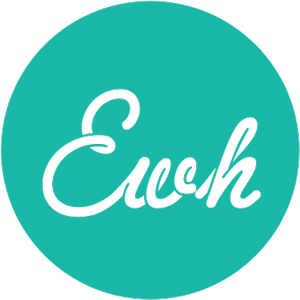
Strengthen Your Story with Concrete Nouns
In linguistics, “concrete nouns” refer to physical, tangible objects—things that can be perceived through the senses, such as “apple,” “dog,” or “mountain.” Intangible concepts, such as “freedom,” “love,” or “curiosity” are referred to as “abstract nouns.” Poetry and creative writing often emphasize concrete nouns because specific, sensory details make writing more vivid and relatable.
In picture books, concrete nouns anchor the reader in the physical world, helping them visualize and emotionally connect with the text. They evoke the sensory details that make a setting come alive or reveal the essence of a character in just a few lines, and help to establish a clear, memorable world that young readers can see, touch, and understand. Each noun we choose is an invitation to our audience, saying, “Look closer. Feel this moment. Picture this scene.”
Why Specific Nouns Matter
The right nouns provide clarity and richness to a story. Instead of just saying “tree,” try “willow” or “oak.” Two trees, certainly, but very different from one another and each conveys its own specific message. Rather than “lunch,” go for “chicken soup” or “baloney sandwich.” Specific nouns give life to the world of the book, enhancing the experience for readers as they encounter each unique detail.
When we use general nouns, we leave out the finer points that help readers truly envision what’s happening. A character who lives in a “house” could live anywhere, but a character who lives in a “cottage” or “brownstone” immediately conjures a sense of place and character. The nouns create an emotional resonance by grounding readers in a world that feels complete and concrete.
Building Connections with Nouns
For young readers, who are still building vocabulary and making sense of language, specific nouns add texture and context. They help children learn the world’s names, the details of familiar and unfamiliar things alike. A “lighthouse,” a “tricycle,” or a “meadow” paints pictures that may broaden a child’s view of the world or evoke something wonderfully familiar.
By using the right nouns, we give children not only words but images and connections. They get to feel the distinction between a “sofa” and a “beanbag,” or a “castle” and a “hut,” which can deepen their understanding of a story and fuel their imagination. The specificity is part of the experience that helps children understand a story on multiple levels.
Balancing Nouns and Illustrations
In picture books, the text and illustrations work in tandem. While the art fills in many details, specific nouns in the text provide the scaffolding that guides illustrators as well as readers through the story. They signal to the illustrator which details matter, while giving readers touchpoints to better envision what they’re experiencing.
For example, a story that mentions “mist” on a “lagoon” doesn’t need additional adjectives or explanations. The nouns alone provide enough for both readers and illustrators to build a full mental picture – we know we’re in a quiet, maybe even mysterious setting, and the reader can settle into that mood right away.
Tips for Choosing Strong Nouns
- Be Precise: Aim for nouns that tell the exact story you’re hoping to share. “Puppy” is more specific than “dog,” and a pug is different than a Great Dane.
- Use Sensory Nouns: When appropriate, choose nouns that evoke touch, smell, or sound. A “crackle” instead of a “sound” or a “perfume” instead of a “scent” can add sensory layers.
- Think Through the World: Use nouns that create a specific, tangible setting for readers to visualize. If the story is whimsical, look for nouns that carry a sense of wonder; if it’s grounded, choose nouns that give readers a relatable world.
- Lean into Vernacular: If your story is about sailing, use nouns from the vernacular of sailing – bow, stern, hull, deck, mast, rigging, harbor, shoal, ashore, wake. What linguistic terms are specific to your setting, plot, or theme?
- Balance with the Visuals: Remember that your nouns guide the illustrations. Let them enhance the picture, not repeat it. Think about how your nouns could elevate the imagery, but also leave room for imagination and interpretation on the part of the illustrator.
- Stretch Your Vocabulary – If you need inspiration, consult a thesaurus, or thesaurus.com or wordhippo.com for alternate word choices.
Embracing Specificity
When we choose the right nouns, we’re not just labeling items or places; we’re building a setting and shaping a child’s journey through that story. In a picture book, every noun is a gateway, leading readers further into the world we’ve crafted for them. Strong nouns add depth and color to our stories, creating a bridge between imagination and reality – one that young readers can’t wait to cross, over and over again.
